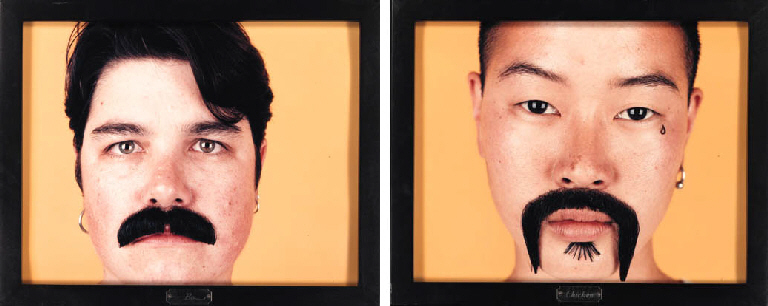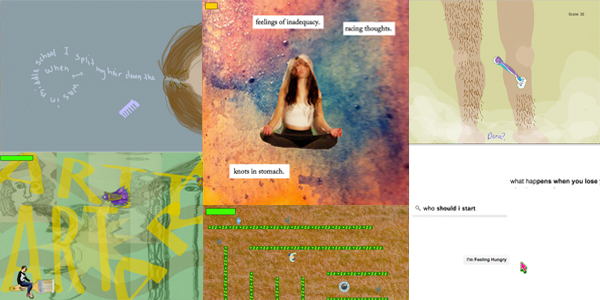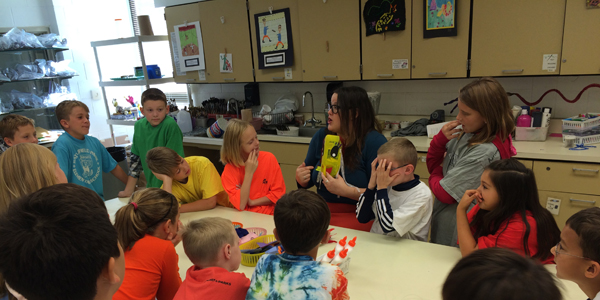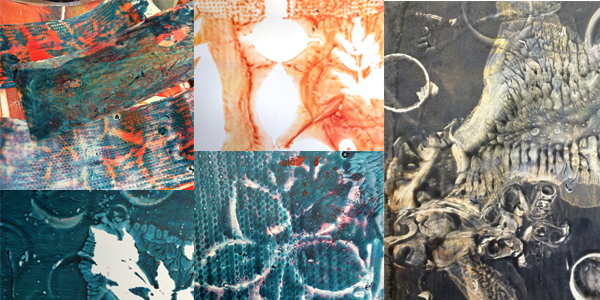Representation of Gender in Art & Media

Overview:
In this unit students will examine and critic the representation of male, female and non-binary genders within our visual culture, including art history, contemporary art and media. Students will then create their own digital collage subverting gender stereotyping and disrupting cultural assumptions of gender roles.
Big Idea:
Gender in Art and Media
Key Concepts:
- Representation
- Stereotype
- Gender Imagery
- How is gender represented in Art history, Media and Contemporary Art?
- What stereotypes do we encounter in media that reflect our culture assumptions about gender? How do these stereotype intersect with stereotypes about race and sexual orientation?
- How can we re-contextualize gender imagery to subvert gender stereotypes?
- know and compare the characteristics of artworks in various eras and cultures
- describe and place a variety of art objects in historical and cultural contexts
- analyze, describe, and demonstrate how factors of time and place (such as climate, resources, ideas, and technology) influence visual characteristics that give meaning and value to a work of art
- AII.13 The student will examine and discuss social, political, economic, and cultural factors that influence works of art and design.
- AII.14 The student will describe traditional and nontraditional media and subject matter in works of art in relation to historical and contemporary meaning.
- AII.15 The student will identify common characteristics of works of art and design that are presented as a series or sequence.
Essential Questions:
Objectives
Rationale:
Arts and media are the lens through which we see our culture and ourselves. The purpose of this unit is to encourage students to think critically about how men and women are portrayed in artworks and within their daily visual culture. Our students live in world in which they are bombarded daily with media representations reinforcing problematic and outdated gender norms. Current events, such as the 2014 Ista Vista Killings, have shown how deeply embedded the equalization and objectification of women (and men) are in our visual culture. The first step towards understanding our own oppression occurs when viewing visual culture through a critical feminist lens. I have chosen this unit, during a time when students are transitioning from childhood and looking ahead to adult. Figuring out ones identity (gender and otherwise) becomes a priority at this age. By exposing these students to the gender double standards and stereotypes, I hope to foster understanding as to the need for equity in gender representation and inevitability a more inclusive, thoughtful school environment.
Target Student Group:
High School, Photo 2 / Graphic Design 1
Specific Unit Objectives:
Lesson 1- Gender in Art History
Objective: The Student will think about how portraiture of a time period gives the viewer a glimpse into the societal roles of men and women. Students will learn about who was in charge of household decisions, jobs available to men and women, and familial obligations and consider how these couples might look today considering current cultural gender assumptions. The student will create an updated version of a renaissance portrait overlapping the original with marker and paper to should their own interpretation of modern gender expectations.Lesson 2- Gender in Media
Objective: The student will wonder how media uses gendered imagery to influence audiences. The student will learn how to ask questions and think critically about representation of gender in print and digital media. The student will brainstorm their own critique of gendered imagery in art and media to begin the process of creating a digital collage to serve as a visual statement of their critique. The student will begin to look critically at visual media and collect (digital and print) images to be used in their digital collage.Lesson 3- Subverting Gender Imagery
Objective: The student will be excited about the possibility of appropriating imagery to critique said imagery. The student will understand how artists such as Barbara Krueger and the Guerilla Girls, recontextualize imagery from art and popular media to critique the effects of the original imagery on our culture. The student will follow along with the demonstration of photo editing software and understand how it is used to change visual imagery. The student will begin editing their selected imagery to create their digital collage.Lesson 4- Ethics of Photoshop
Objective: The students will be excited about and share their own ideas of what beauty is and where it can be found. The student will assess their own opinions about beauty and “attractiveness” and contemplate the ethics behind the use of Photoshop in media culture. The student will follow along with the instructor demo of editing tools in Photoshop including erase tools, healing/cloning tools as well as photo adjustment tools (burn, dodge, stretch, sharpen, etc). The student will begin continue their selected imagery to create their digital collage incorporating the tools taught in the demo.Lesson 5- Gender in Contemporary Art
Objective: Students will view the artwork of Cindy Sherman (Untitled Film Series), Collier Schorr (Jen. F Project) and Catherine Opie (Being and Having) all of whom show differing presentations of gender. Students will think about how contemporary artists explore and subvert gender representation in their artwork. Students will understand how color correction (hue), photo filters, brightness and contrast are used to bring separate elements together in a digital collageLesson 6- Presentation & Artist Statements
Objectives: Students will be excited about presenting their work through their exhibition. Student will understand the purpose of and basic outline of an artist statement. The student will answer specified questions to create their own artist statement about their digital collage. The student will thoughtfully and clearly write/type out an art statement about their digital collage to exhibit with their artwork.Virginia Art SOLS:
Additional Art Activity
For an altnerative or even additional art activity, students turn their digital collage into Animated Looping GIFs. For more information watch the video below or HERE.





